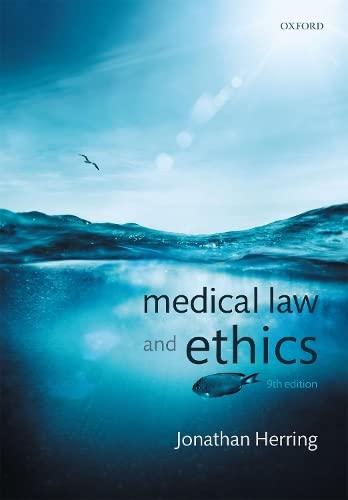



"Ron and Janice Mawson are now both 55 years old but Ron was disabled for eight years which resulted in excess medical costs so they had to refinance the house. The current mortgage is $150,000 and the house has a market value of $800,000. They also have two children aged 12 and 14 and they continue to work in their current positions.
They currently have no liabilities other than the mortgage and they continue to invest in their RRSPs on a monthly basis. Ron has grown his RRSP to $300,000 and Janice has $350,000 in her RRSP. They each contribute $800 per month to these plans and will continue to do so until their planned retirement at age 65. These registered plans are currently invested 30% income and 70% equity."
And these are the questions:
Assuming 6% annual compound growth, what will the value of Ron and Janice's RRSPs be at age 65? Show these amounts separately for both Ron and Janice. (4 Marks)
If they leave their asset allocation the same and continue to earn 6% per year what income could they each pay themselves from these plans at age 65 without encroaching on capital? Assume a 5% withdrawal rate. (4 Marks)
If they convert their RRSPs to a RRIF what is the minimum payment required based on their age 65? What is the minimum if they wait to withdraw the funds at age 72? (2 Marks)
37. Refer to the information above. On the basis of the above flow from financing activities? a. $145,500 net cash used for financing activities. b. $500,100 net cash used for financing activities. c. $147,000 net cash used for financing activities. d. $206,100 net cash used for financing activities. SECTION B. Consider the following information: Proceeds from sale of bonds for cash $1,000,000 Cash interest payments to bondholders 25,000 the s Conversion of bonds into preferred stock 1,000,000 Purchase of long-term investment for cash 300,000 Payment of cash dividends to stockholders 75,000 Proceeds from long-term note payable 500,000 Issuance of common stock for cash 5,000,000 Payment of interest due on long-term note payable 50,000 Issuance of common stock for land 250,000 Repurchase of common stock on open market for cash 125,000 Payment of principal amount due on long-term note payable 250,000 Acquisition of land in exchange for note payable 900,000 Receipt of cash dividend income on long-term investments 40,000 Proceeds from sale of building 525,000 Proceeds from sale of long-term investment 2,500,000 Purchases of equipment 125,000 Required: Using the appropriate information Part a. Compute the Net Cash Flow from Investing activities. Part b. Compute the Net Cash Flows from Financing activities.Question 42 (6 points) Which of these three options is the better investment? Use the same P and t value throughout. a. An account that earns 8.2% interest compounding semi-annually b. An account that earns 8.17% interest compounding monthly C. An account that earns 8.15% interest compounding dailyYUGOLIVIIT / & PL Consider the imperfect competition market structures of monopolistic competition and oligopoly. In which market structure(s) will we likely see firms taking advantage of large economies of scale? O Monopolistic competition O Oligopoly O Both of the above O None of the above Question 50 2 pts Consider the imperfect competition market structures of monopolistic competition and oligopoly. In which market structure(s) will we see firms trying to maximize their profits? O Monopolistic competition Oligopoly O Both of the above O None of the abovee. daily compounding? 365 $5,256.34 5.13% 24 27 2. Rework problem #1 assuming a 5-year CD with $5000 principal No of compounding in a year Future Value EFF 5 years CD a. annual compounding? 1 56,381.41 5.00% Principal 5000 Year 5 b. semi-annual compound 2 $6,400.42 5.06% Rate 5% c. quarterly compounding? 4 $6,410.19 5.09% d. monthly compounding? 12 $6,416.79 5.12% e. daily compounding? 365 $6 420.02 5.13% 3. Assume you want to invest $1000 at the END of every year for the next 5 years. HINT Future Value a. What is the future value in year 5, if interest is compounded annually? b. What is the future value in year 5 if interest is compounded semiannually? MUST use EFF for your interest rate 4. Rework question 3, assuming payments are made at the BEGINNING of each pericHINT Future Value a. What is the future value in year 5, if interest is compounded annually? b. What is the future value in year 5 if interest is compounded semiannually? MUST use EFF for your interest rateWhich form of accounting placing less emphasis on precision and more weight on non-monetary data? Both managerial and financial accounting ONeither managerial nor financial accounting Managerial accounting Financial accounting















